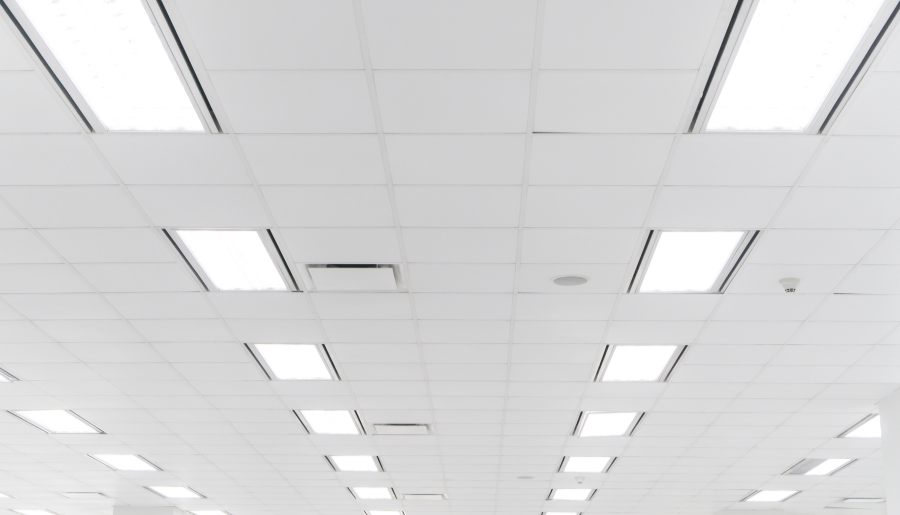
Troffer Lighting
What is a “Troffer Lighting” application?
Troffer lighting (aka recessed troffer lighting) is a term that is often used to describe indoor lighting fixtures that are mounted within a ceiling or ceiling grid, hence the term “recessed.” Typical fixture sizes include 1x4 troffers, 2x2 troffers, and 2x4 troffers. This type of interior lighting is located in a range of building types and workplace usage, and is commonly used to provide illumination for commercial lighting, industrial lighting, retail lighting, warehouse lighting, and classroom lighting applications.
Below are a few image examples of troffer lighting applications. The below photos are by no means representative of all the types of 1x4 troffer, 2x2 troffer, and 2x4 troffer applications, they are just a quick visual sample.
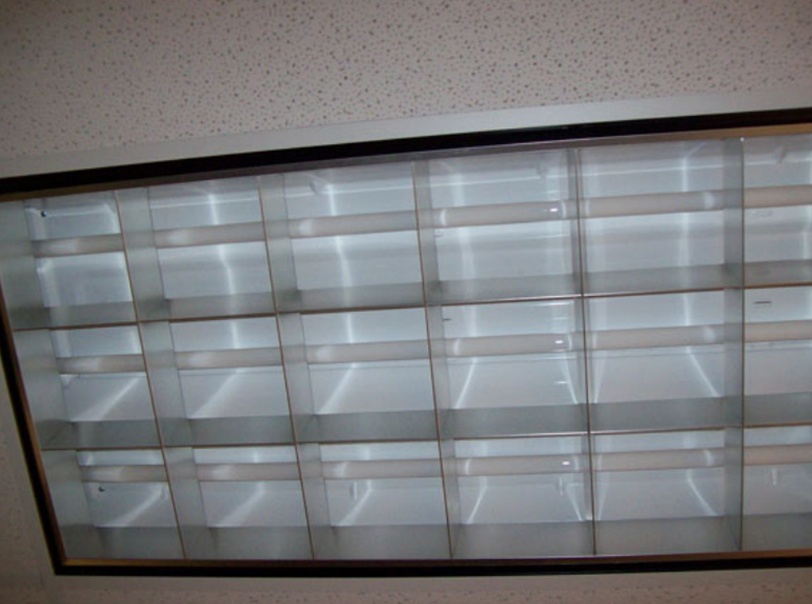
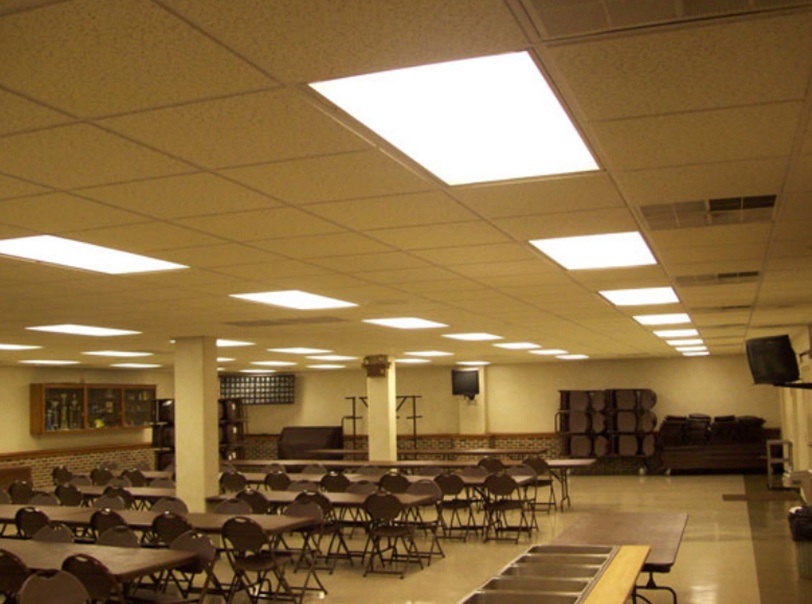
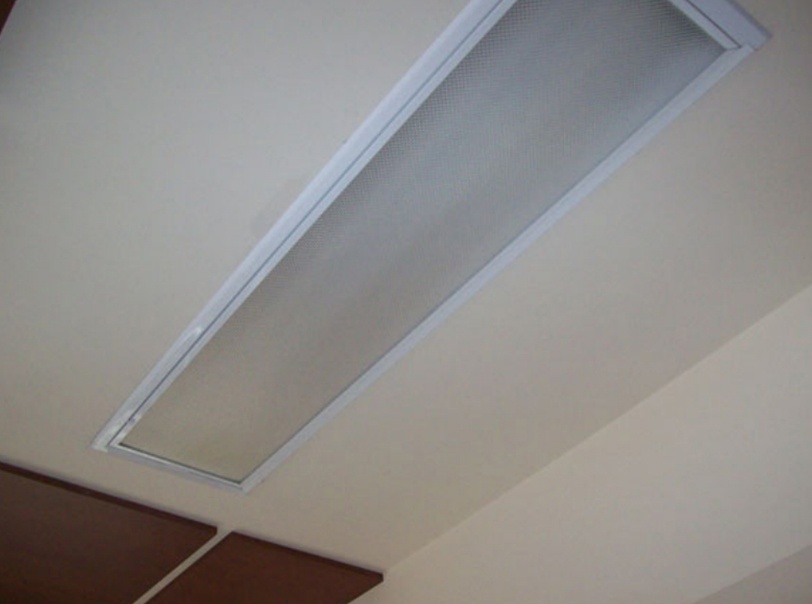
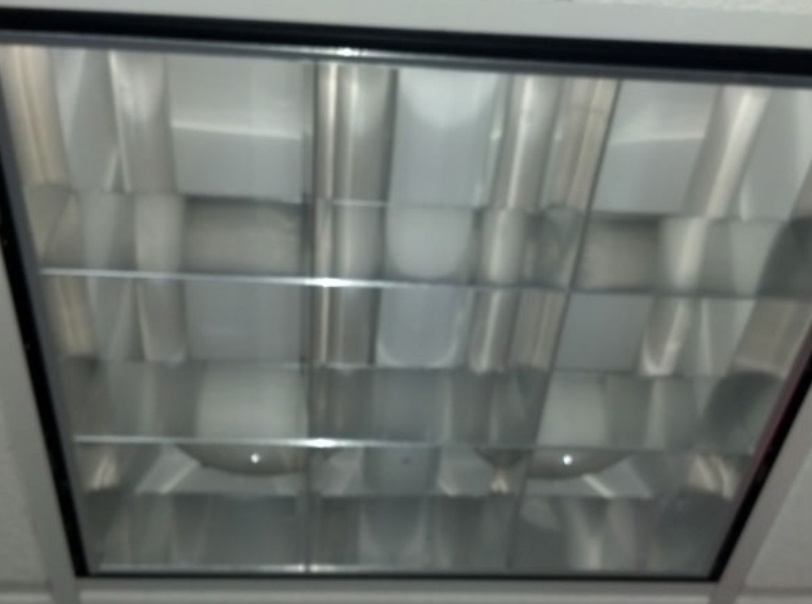
Most existing recessed troffer lighting applications utilize fluorescent lamps such as T12 bulbs, T8 bulbs, and, on occasion, T5 bulbs.
Here are some comparison blogs you can read to learn about the differences in these types of fluorescent lights:
- Lighting Comparison: LED versus HID
- Lighting Comparison: LED vs Metal Halide Lights
- Lighting Comparison: LED vs High Pressure Sodium (HPS) and Low Pressure Sodium (LPS)
Common Issues
What are some common issues with conventional fluorescent troffer lighting applications?
There are several issues that troffer lighting users (and subsequently fluorescent lamps) endure. Although the cost of the lamps can be very low, the fact that individual fluorescent light fixtures utilize multiple lamps per fixture often leads to individual fluorescent light issues compounding the performance issues within the fixtures.
Energy Costs
A four foot fluorescent light typically consumes between 28 watts and 40 watts per lamp, and most 2x4 troffers utilize four fluorescent lamps per fixture, totaling up to 160 watts per fixture. A single 2x4 troffer can cost up to $84 per fixture, per year, in electric costs alone.
Maintenance Costs
The amount of maintenance for a fluorescent troffer fixture is dependent on the operational usage of the lamps within the fixture. When operated in cold temperatures or in environments where the fixtures are subject to constant on/off operations, the useful life of the fluorescent lights deteriorate rapidly. Every time a fluorescent lamp is turned on, it degrades the cathodes (the fluorescent lamp ignition system) within the tubes. This results in a shorter lamp life, and the need to frequently replace lamps. Fluorescent light lifetimes range from 10,000 to 30,000 hours. For a standard classroom or office space, it can easily cost $2,952 over the course of three years in lamp and labor costs to maintain fluorescent recessed troffer lights.
Lighting Performance
The performance of fluorescent tubes within troffer lighting applications will vary based on the type of existing fluorescent lamp. T12 and T8 fluorescent tubes are the most common types of lamps used in fluorescent light fixtures. Lamp performance varies drastically between T8 bulbs and T12 bulbs, and the manufacturer of these lamps can be indicative of the quality. From a lighting performance perspective, the fact that recessed troffers utilize multiple tubes per fixture is the primary cause of performance issues. As individual lamps fail within a fixture, the performance and aesthetics of the fixture are reduced. In addition, most fluorescent lighting applications are NOT dimmable, so a user is unable to adapt if performance requirements change within a given space.
Benefits of LED
What are the Benefits of LED Troffer Lights?
LED recessed lighting, such as 1x4 LED troffers, 2x2 LED troffers, and 2x4 LED troffers, provides a range of benefits over conventional fluorescent recessed troffer lighting applications. The way LEDs operate is very different than conventional lighting, and thus there are specific performance elements that result in operational advantages. The quality of an LED troffer is dependent on the manufacturer producing them. Commercial LED lighting, industrial LED lighting, LED warehouse lighting, LED office lighting, and LED retail lighting can all result in significant benefits to end users.
Energy Savings
2x4 LED troffers, 2x2 LED troffers, and 1x4 LED troffers range in wattage from 22 watts to 50 watts, resulting in a 40% to 60% reduction in energy consumption over fluorescent light fixtures. The LED light fixture wattage range is so dramatic due to the need and ability to adapt to the many different applications that exist for conventional recessed troffer applications. By using an LED troffer 2x4, it is possible to save $81 per fixture, per year in electricity costs.
Maintenance Cost Reduction
As we discussed earlier, the way LEDs generate light and progress through their functional life results in a much longer operating life compared to a conventional fluorescent light. LED troffer lifetimes range from 50,000 to 150,000 hours and can have up to a 10 year manufacturer warranty. Since LED light fixtures are not negatively affected by frequent on/off cycles, maintenance costs are reduced in those environments when the LED ceiling lights are used. For a typical warehouse lighting or commercial lighting space, end users can expect to realize up to $2,952 in maintenance cost savings over the course of three years.
Lighting Performance
Moving on to the way LEDs distribute light, we can see how LED troffer fixtures provide significant performance improvements over fluorescent light fixtures, including a more even distribution of foot candles. LED troffers are available in a wide range of CCTs (correlated color temperature), which provides end users the ability to select a specific aesthetic for a given space, and a high CRI (color rendering index) ensures that anyone working under the LED lighting can clearly see what they are working on. Another benefit of LED troffers is the fixtures' ability to dim. This development is a drastic change for end users as they are now able to change the operating conditions after their LED retrofit and adapt to the usage needs of individual rooms or spaces quickly without compromising the functionality of the LED lights themselves.
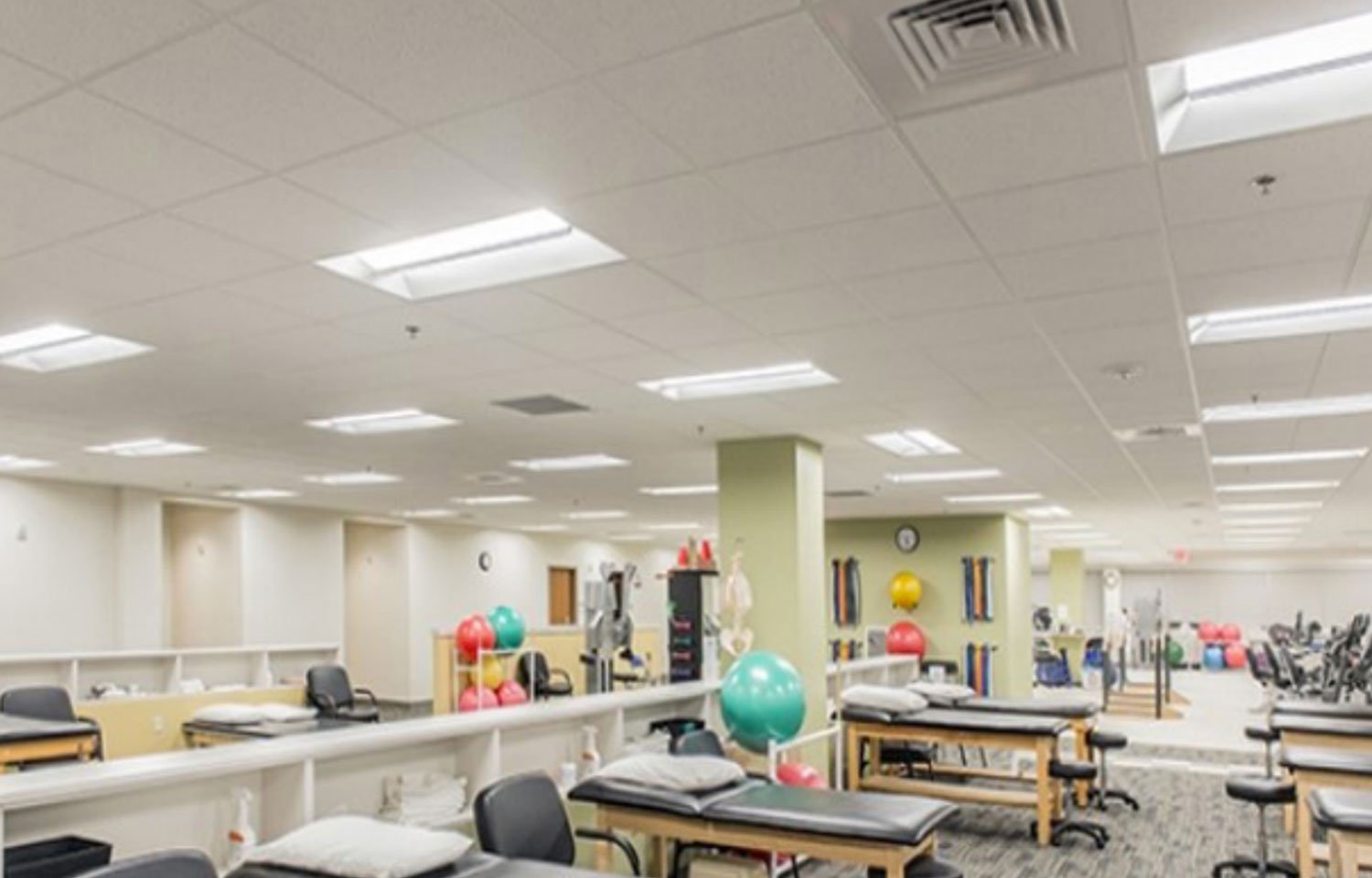
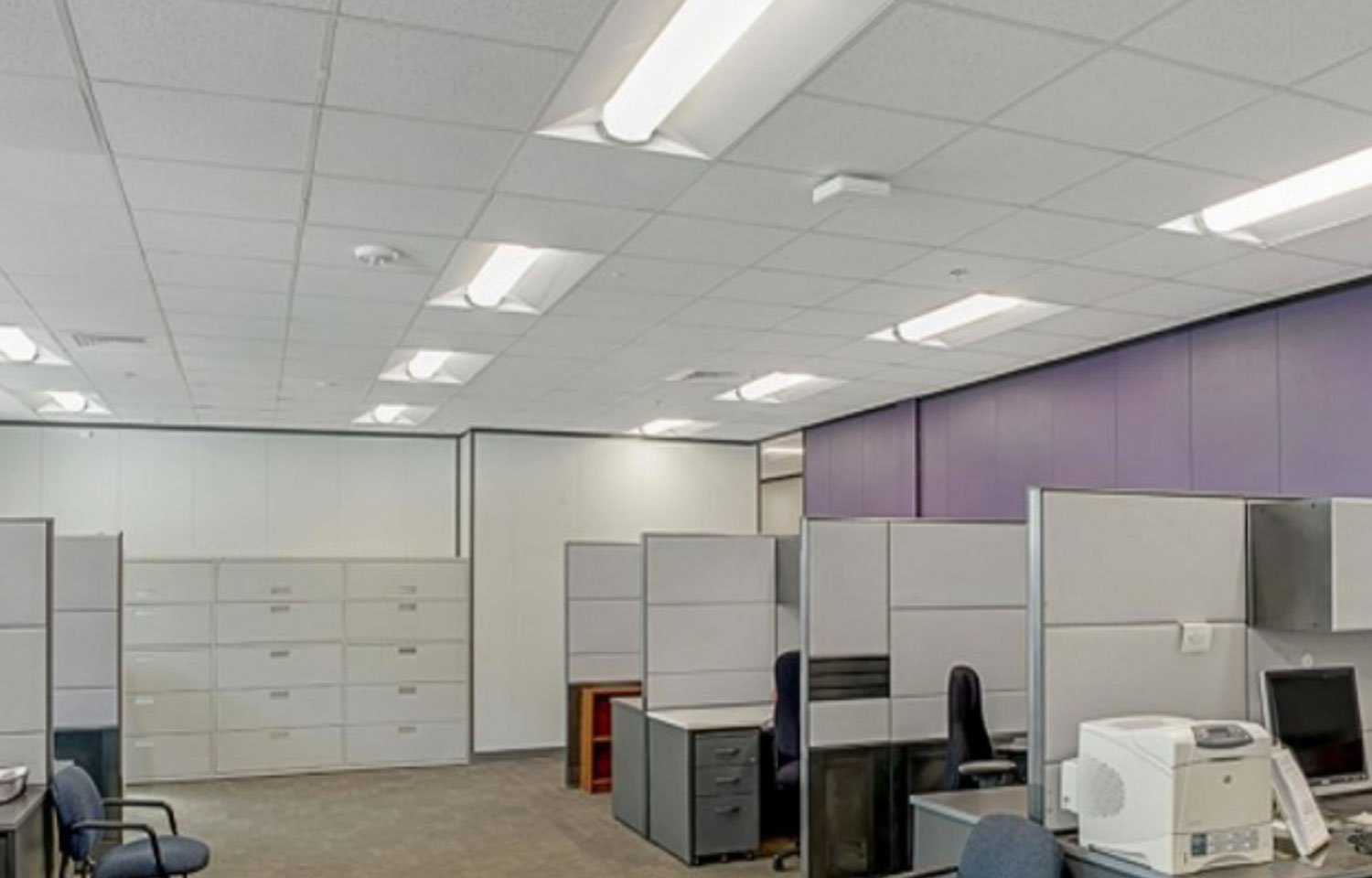
How do I determine what the next step is to convert to LED troffer lights?
The first step is to speak with an LED lighting solutions provider or LED lighting company that is manufacturer-neutral. Why this approach as opposed to the company you may have used for the past several years? Unless that company has a focus on providing LED light fixtures and lamps, it is unlikely that they will have the performance-focused mentality that is required to obtain the desired results of an LED indoor lighting project for your fluorescent light fixture applications. A crucial step in any LED project is understanding that LED is NOT a commodity. Prior decades consisted of building facility managers and owners evaluating fluorescent lighting options purely on cost, assuming that all of the fluorescent fixture options in consideration were equal in quality.
This is not the case with LED fixture options. A solution-focused supplier should ask you about your project objectives. Are there budget constraints, energy reduction targets, lighting performance requirements, etc? The appropriate partner will want to get an understanding of your desired OUTCOME, not just what specific products they can sell you. Not all LED troffer retrofits and conversion for replacing fluorescent light fixtures are created equal. There are different levels of value from different manufacturers for different applications, and by working with a company that has the product expertise to recommend a solution that meets your project priorities, you will ultimately achieve the best results.
